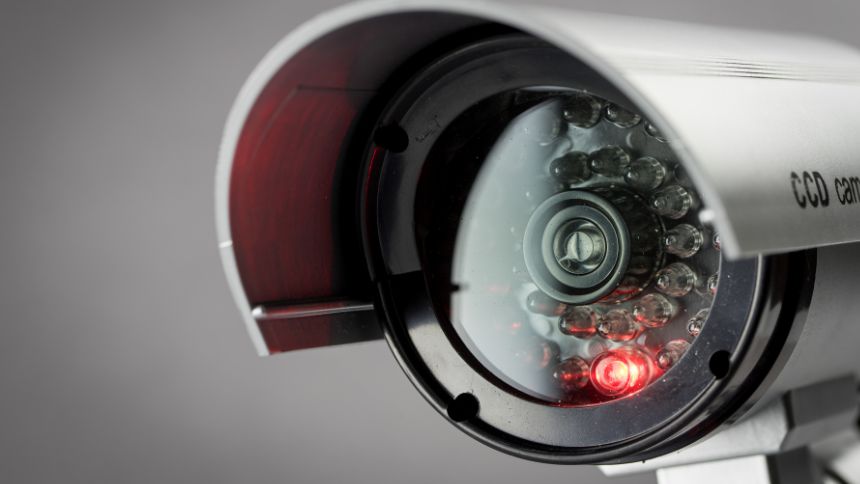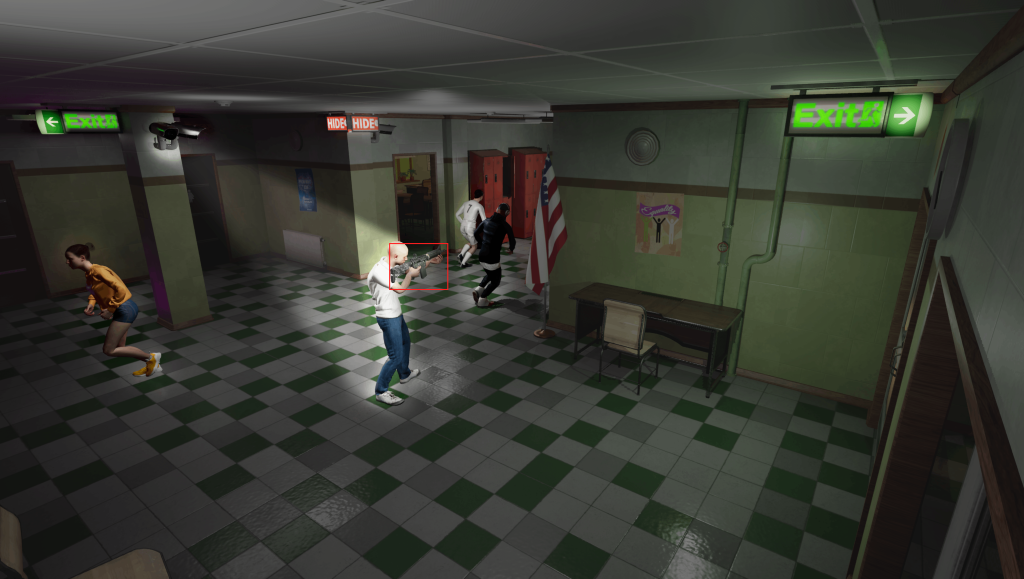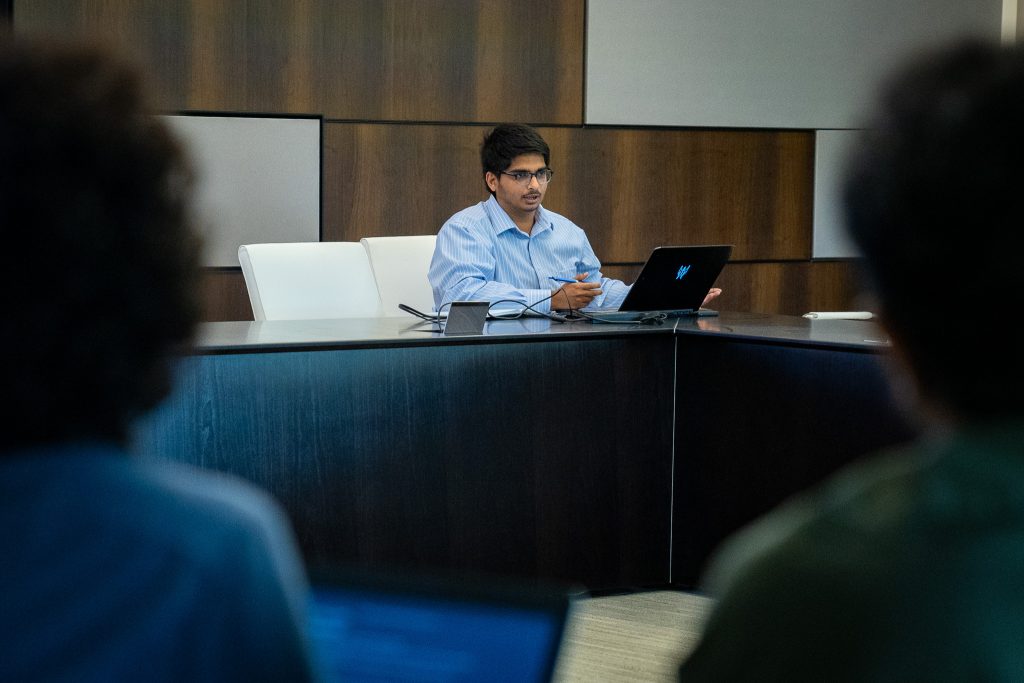
Team at UT, Knoxville develops active shooter tracking technology
The "ASTERS" research has been in the works for about five years, and they’re about ready to bring the concept to market.
A team of researchers at the University of Tennessee, Knoxville (UTK), in partnership with Iowa State University is bringing to market a system that will help protect lives in active shooter situations.
According to the Federal Bureau of Investigation (FBI), the number of mass shootings has continued to climb in recent years. The Gun Violence Archive (GVA) calculates a “mass shooting” as an incident where four or more victims are shot or killed, not including the shooter. According to their data, there were 655 mass shootings, and 40 cases of “mass murders,” where five or more people were killed.

“Right now, run, hide, or fight is the standard protocol for reacting to active-shooter situations. People are often told to rely on gut instinct for what to do at the moment, but the numbers don’t show that as being effective,” said Subhadeep Chakraborty, an associate professor at UTK. “There’s a time and place for intuition, but why can’t we make it more effective with modern technology?”
Chakraborty has been leading the charge on a research project he calls “Active Shooter Tracking and Evacuation Routing for Survival (ASTERS).” It is now a seed-stage start-up that has been spun out of the intellectual property (IP) developed during this project. Its founding team consists of Dr. Subhadeep Chakraborty, Dr. Soumik Sarkar, Dr. Gopalendu Pal, and Aniirudh Ramesh.
Chakraborty first became exposed to the problems with active shooter protocols during a safety drill at the university. He shared sentiment with the university police about the uncertainty of these dangerous situations.
Driven by concern for children growing up in a world where these events are so common (Chakraborty has a nine-year-old son), Chakraborty did what researchers do – he started to take a deep dive into how artificial intelligence and social engineering could find solutions to the chaos.
He landed on an idea to use “computer vision” to locate and identify the shooter. Then, employ artificial intelligence (AI) and social engineering to help people exit the area without engaging or crossing paths with the armed person.
“We essentially created a safety-critical system, which prioritizes human safety over system performance,” said Ramesh. “But, it’s hard. We have to program human choice into the system.”
Meaning, that the system has to account for a variety of human factors, including heterogeneous populations (e.g. ages in a school setting) that may move slower or faster than others.
“It is the intersection between artificial intelligence and social engineering,” Ramesh said.
Exits are the top priority in the current system, and that’s primarily what this team is tackling. What is the safest, least- confrontational, most efficient way to lead a group to an exit, how long to stay hidden, when to start moving, and which route to use?
How ASTERS works
ASTERS is a system consisting of a group of cameras and edge computing devices, which Chakraborty believes will make the system easier to implement widely.
For example, he explained that a school could purchase 10 cameras along with edge computing devices and several LED panels connected wirelessly to a server running the ASTERS algorithm in the backend.
The LED panels receiving information from the cameras and edge computers running the ASTERS software, provide real-time suggestions – an X for STOP, and arrows that point students toward the safest exit dynamically in real-time. Hypothetically speaking, as the shooter continues to move around the building, the arrows keep pointing students away from that person.
“In the Parkland High School Shooting, one of the most devastating examples is that students thought they were running toward safety, but that happened to be the Freshman building where the shooter was,” Ramesh said.
The ASTERS research has been in the works for about five years, and they’re about ready to bring the concept to market. Right now, it is being tested in randomized 3D digital twins, which Chakraborty said is the closest to real-life situations that you can get without a physical building.

So far, the ASTERS team has received funding from the National Science Foundation (NSF), which allowed them to do four years of research in the lab. Recently, they secured more funding from a Department of Homeland Security center of excellence led by Northeastern University called SENTRY to bring the system to market.
Therein lies the challenge, Chakraborty joked. For him and his students, bringing the product to market or developing a business plan is what he called “uncharted territory.” That’s where Pal’s expertise comes in, he has a management background in business operations, and strategy, and has had two successful exits in his previous ventures.
“We all share the big North Star, which is keeping our children safe,” Pal said. “Almost every person you talk to will agree with that mission.”
He has been assisting with a lot of the customer discovery, alongside Ramesh, who is currently going through the Mid-South Regional I-Corps program.
“We have officially transitioned into a full-on start-up,” Pal said. “Now it just comes down to showing enterprises, schools, offices, stadiums, and venues that this system can be implemented anywhere.”
During the I-Corps program, they were tasked with completing 20 customer interviews in three weeks. The final workshop is on May 1 at 10 a.m. at UT Research Park at Cherokee Farm, where they will present the findings of those interviews.

Additionally, the team is looking to hire an intern for the summer. They opened up a software developer position and have already had several applications from across the nation, including several from Ivy League Schools.
Chakraborty said this is evidence that the work ASTERS is doing matters, and many people want to be a part of the movement toward making our spaces safer.
Read more about the ASTERS mission on thier new website.
Like what you've read?
Forward to a friend!

